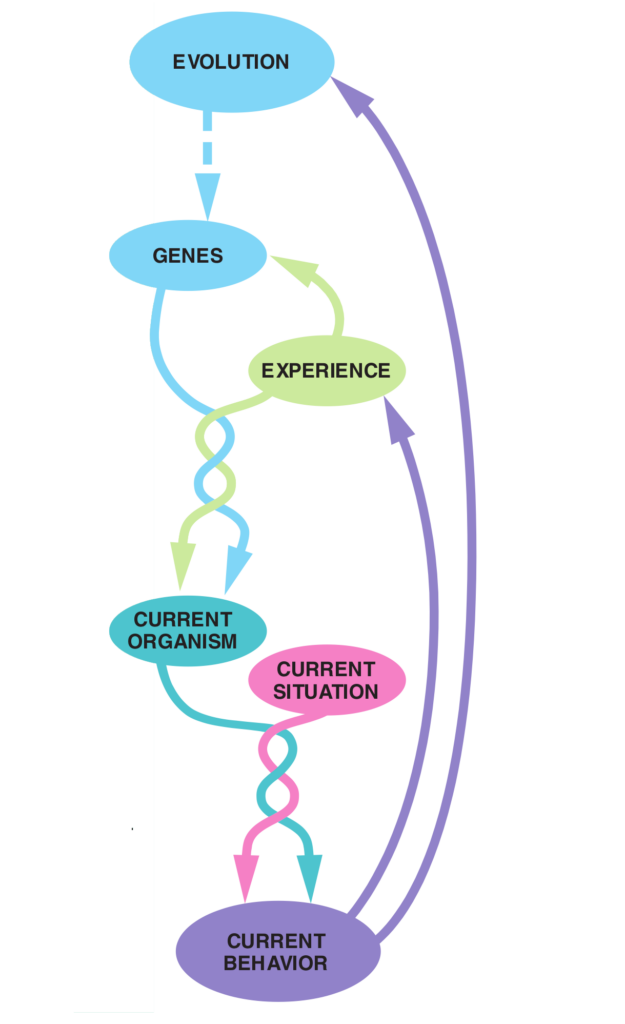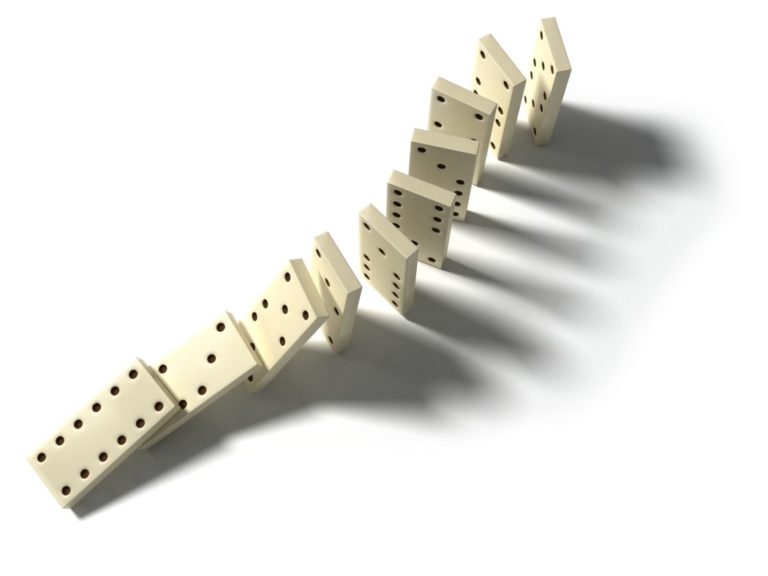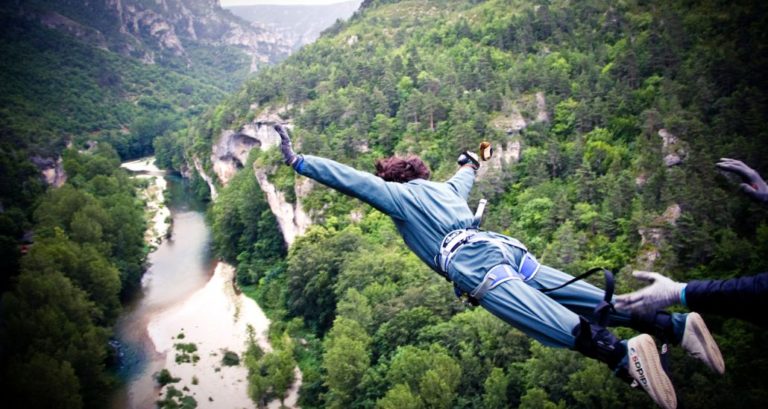The unit of intention
Building further on the two general pillars of human behavior, energy and intentions, what exactly is the smallest unit of intention (SUI)? Is it the individual human being or perhaps is an individual only the voting machine of intentions of multiple genes it carries with him?
It might seem reasonable to define the SUI at the individual human level. This is for instance proposed with the concept of agency, both sociologically as well as philosophically. However, the SUI could also be viewed at a genetic level which is more in line with the evolutionary view of for instance of Stephen Dawkins. The latter is probably more suitable to model the ambiguity people possess with respect to their intentions. The most fundamental ambiguity arises with a simultaneous desire of survival and reproduction. Perhaps humans have both a “survival gene” and a “reproduction gene”, who both have a say in the ultimate behavior of individuals. How this “say” plays out exactly out is for further debate, but it could be a democratic process (or rather “genocratic”).
Anyway this kind of modeling is not entirely compatible with the agency model, which states that the unit of intention is a person. In social science, agency is the capacity of individuals to act independently and to make their own free choices. (thus not depending on underlying genes/components). By contrast to agency, structure is those factors of influence (such as social class, religion, gender, ethnicity, ability, customs, etc.) that determine or limit an agent and their decisions. The relative difference in influences from structure and agency is debated—it is unclear to what extent a person’s actions are constrained by social systems. Moreover, we propose there also can be structure within the person.
Back to the genocracy. Think of human behavior as a collection of traits. And let’s assume that all these individual traits have intentions on their own. These intentions can be aligned but also compete, but the collective (i.e. the individual organism) ultimately decides on any collective action (e.g. fight, flight or freeze). As an example, consider Dawkins’ (1976) monkey who warns its colony for a predator at the expense of itself. The gene which has the trait to warn has survival fitness and is consequently passed on to the next generations. This gene can be in conflict with other genes and that is possibly why people posses ambiguity.
Possible one-liners:
- The Unit of Many
- The end to unity
- Where does unity end?


